
Deer overpopulation poses significant challenges across various U.S. states, leading to ecological imbalances and increased human-wildlife conflicts. The unchecked growth of deer populations can result in habitat degradation, crop damage, and a rise in deer-vehicle collisions. To address these issues, many states have implemented comprehensive programs encouraging hunters and landowners to assist in managing deer populations. These initiatives emphasize sustainability and ecological health while balancing the needs of wildlife and human communities.
Pennsylvania’s Deer Management Assistance Program (DMAP)

Pennsylvania’s DMAP allows landowners to better manage local deer populations by issuing hunters additional antlerless deer permits. This initiative aims to align deer numbers with habitat capacity, ensuring sustainable ecosystems. Landowners enrolled in the program report reduced crop damage, improved forest regeneration, and healthier deer herds. Additionally, DMAP encourages hunters to collaborate with landowners to maintain ecological balance while supporting Pennsylvania’s rich hunting tradition.
Virginia’s Deer Management Strategies
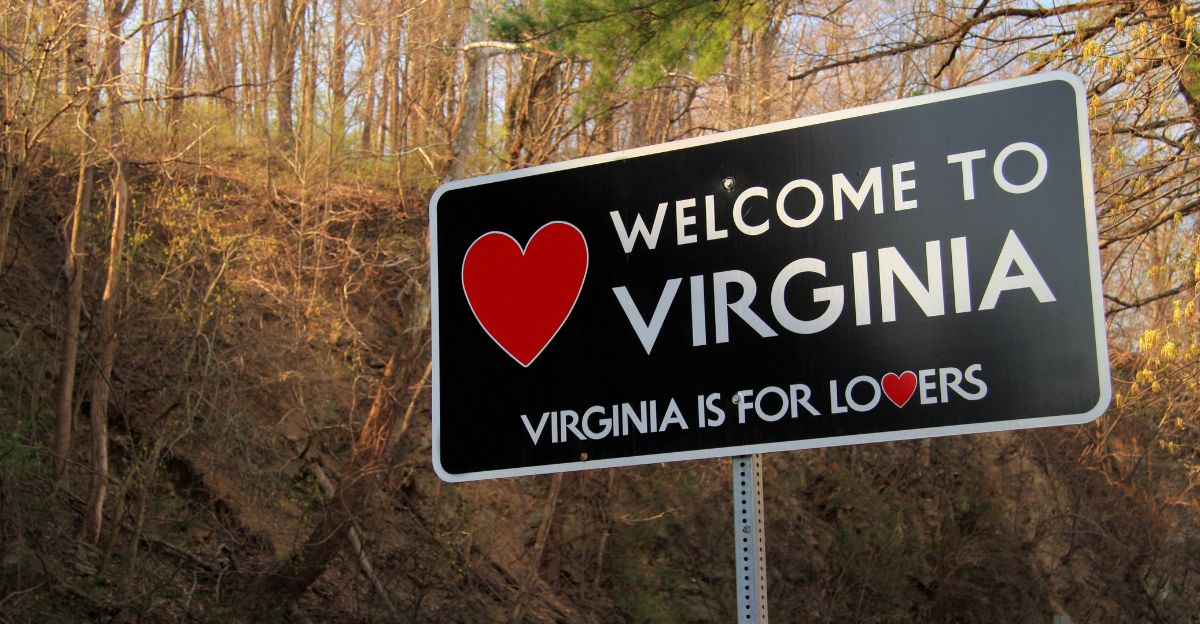
Virginia employs various deer management strategies, with regulated hunting as a key component. By maintaining deer populations at moderate levels, the program minimizes human-deer conflicts such as vehicle collisions and agricultural damage. The state’s management plan includes public education campaigns, habitat restoration efforts, and data-driven harvest quotas. These measures ensure healthy deer herds and thriving ecosystems, demonstrating a long-term commitment to wildlife sustainability.
Mississippi’s DMAP for Private Landowners
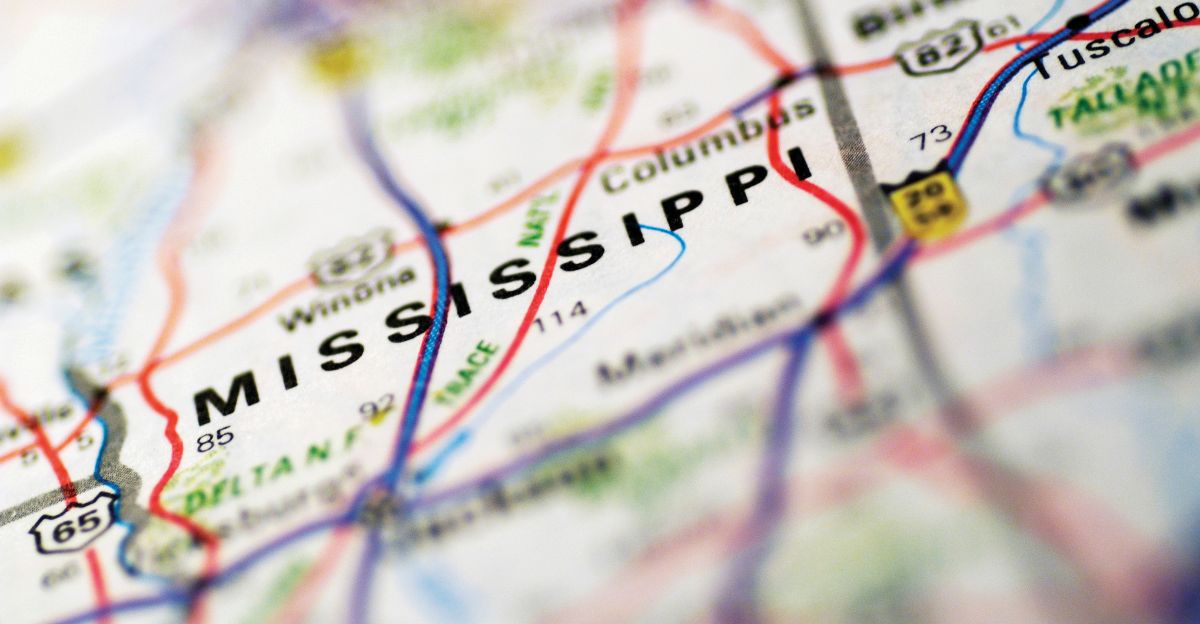
Mississippi’s DMAP provides technical assistance to private landowners and hunting clubs, fostering sustainable deer management. The program emphasizes data collection, including population surveys and harvest records, to guide decision-making. DMAP helps landowners achieve their conservation goals by addressing habitat quality and overpopulation concerns. This collaboration has resulted in healthier deer herds, reduced agricultural damage, and enhanced biodiversity across the state.
Louisiana’s Deer Management Assistance Program

Louisiana’s DMAP offers professional guidance to private landowners and hunting clubs in managing local deer populations. The program’s comprehensive approach includes population monitoring, habitat assessments, and tailored hunting recommendations. By balancing deer numbers with available resources, DMAP ensures ecological stability and improved land productivity. Participants also benefit from educational workshops and access to expert wildlife biologists, enhancing the program’s effectiveness.
Arkansas’s DMAP Initiatives
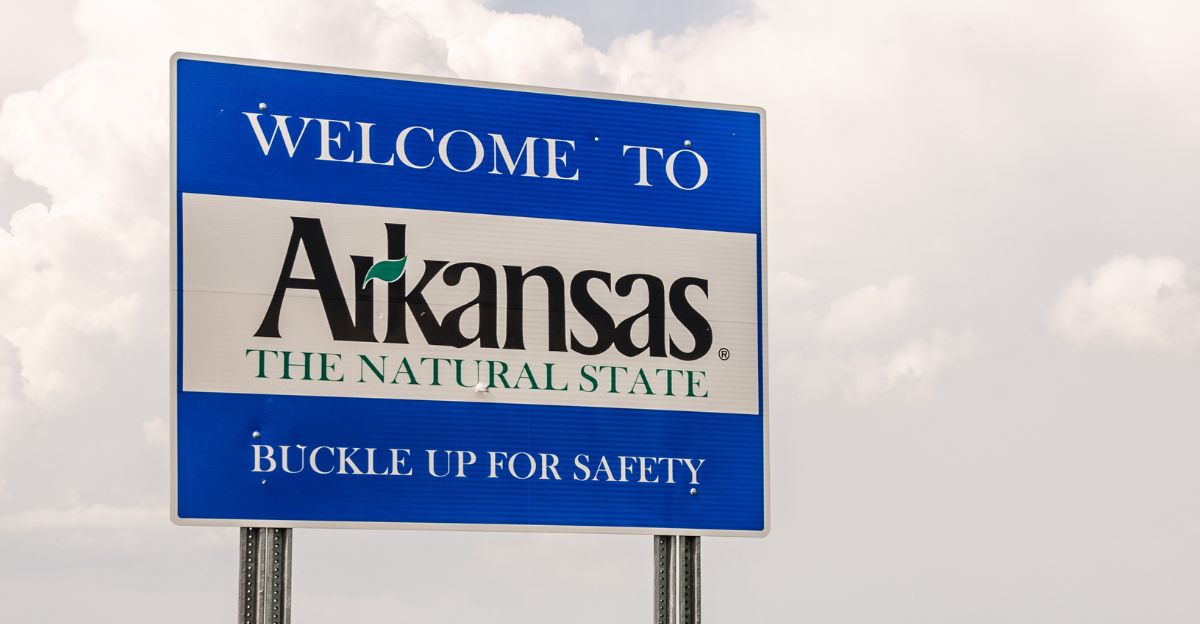
Arkansas’s DMAP focuses on data-driven strategies to assist landowners and hunting clubs manage deer populations. The program prioritizes sustainable hunting practices and habitat management to mitigate overpopulation issues. By providing resources such as population surveys and customized management plans, DMAP supports long-term ecological health. Participants report improved forest regeneration, reduced deer-vehicle collisions, and increased recreational hunting opportunities.
New York’s Deer Management Efforts
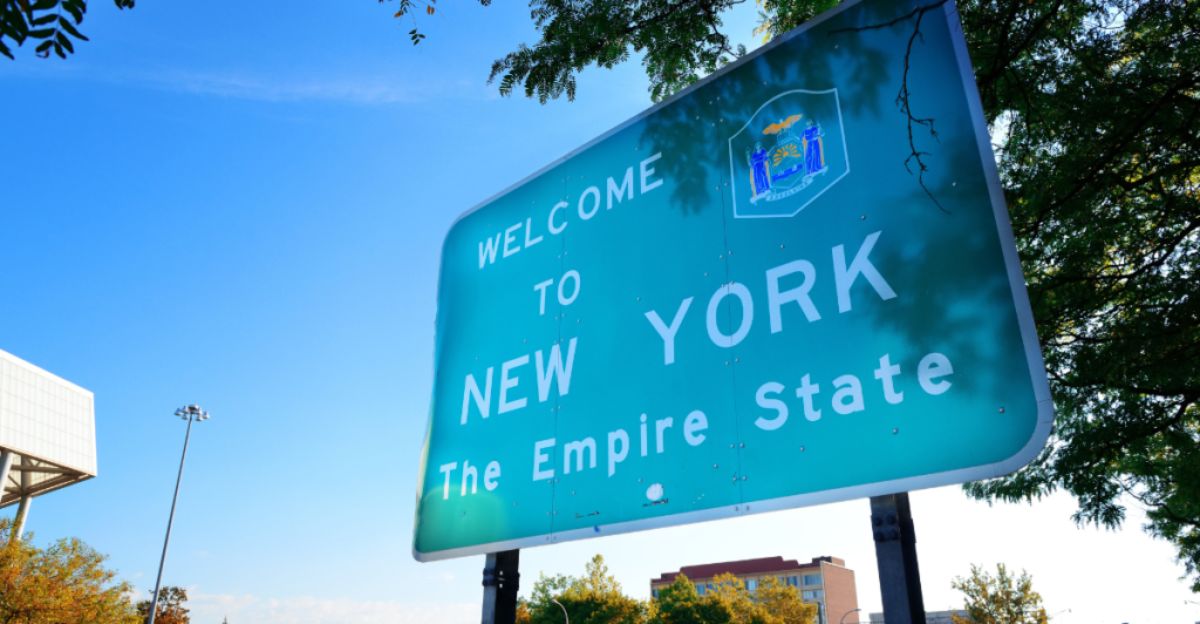
New York’s deer management efforts center on regulated recreational hunting, a critical tool for population control. Deer Management Permits are issued to target specific regions, addressing concerns like crop damage and public safety. Unlimited permits for antlerless deer ensure adequate harvest levels in areas with high deer densities. These strategies help reduce conflicts and maintain balanced ecosystems, safeguarding New York’s diverse habitats.
North Carolina’s Deer Cooperator Programs
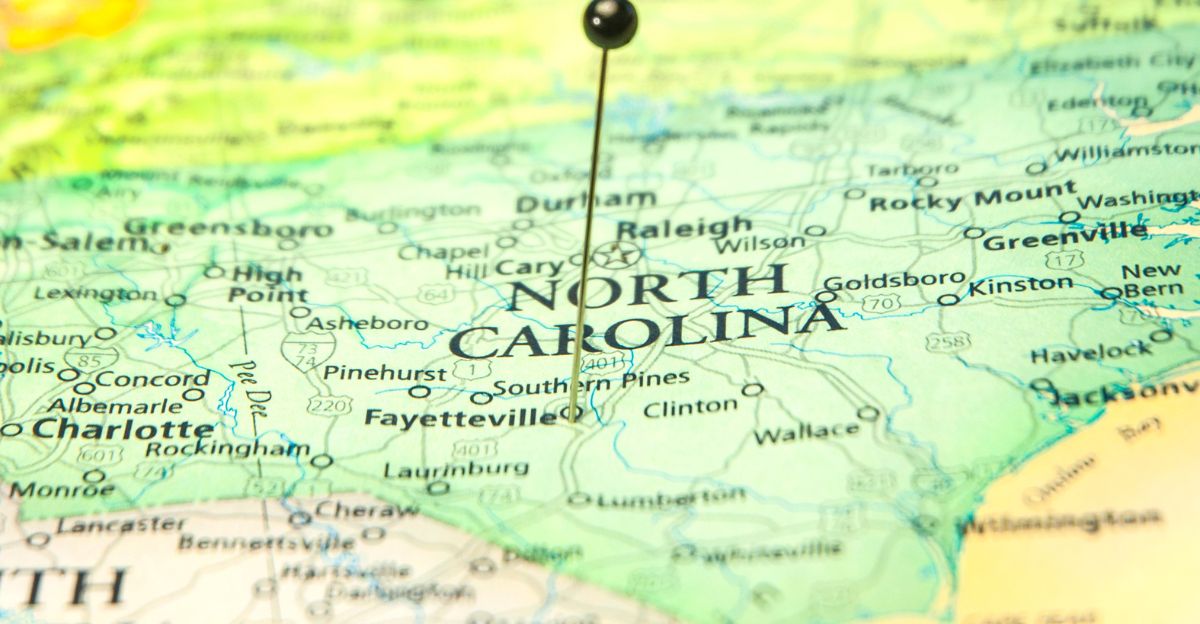
North Carolina’s Wildlife Resources Commission offers Deer Cooperator Programs to support hunting clubs in achieving their management objectives. These programs guide population control, habitat improvement, and harvest strategies. The initiative promotes healthy deer herds and sustainable land use by fostering collaboration between hunters and wildlife managers. The program also includes educational outreach to enhance public understanding of deer ecology.
Illinois’s Deer Population Control Permits
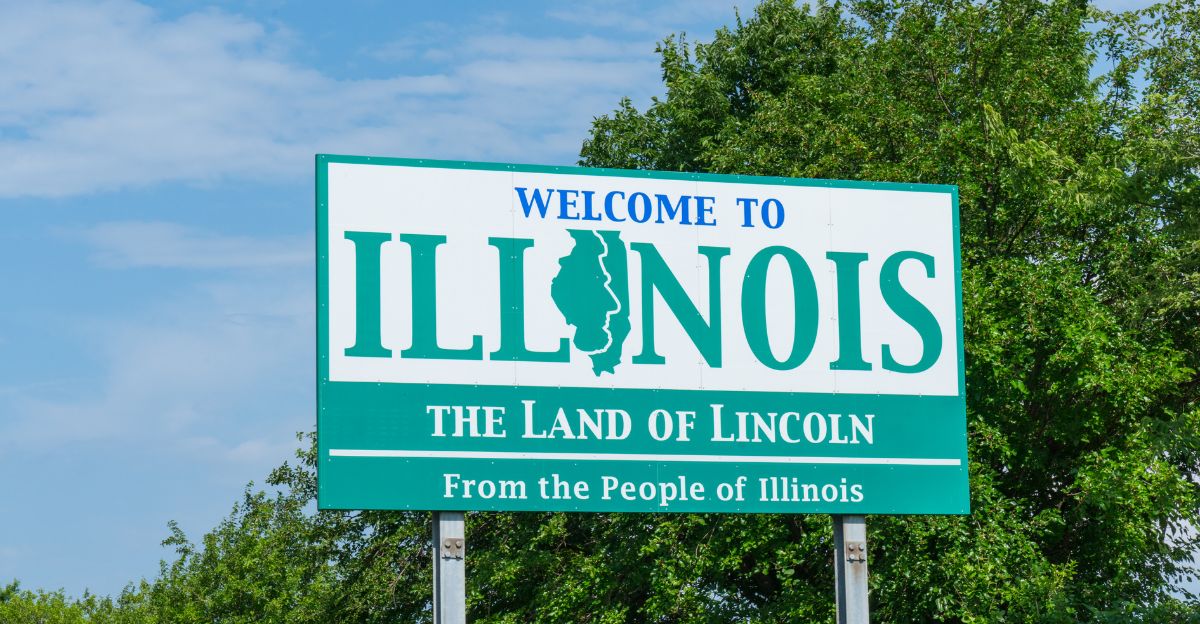
Illinois issues Deer Population Control Permits (DPCPs) to address localized overpopulation challenges. These permits allow for targeted removal of deer in areas experiencing significant ecological damage or high deer-vehicle collision rates. The program works with conservation efforts to protect native plant species and prevent habitat degradation. DPCPs have proven effective in reducing deer-related conflicts while supporting biodiversity.
Maryland’s Suburban Deer Management

Maryland employs innovative deer management techniques to address challenges in suburban and urban areas. Regulated hunting, often using archery to ensure safety, helps control populations while minimizing human-deer conflicts. These efforts have yielded ecological, social, and fiscal benefits, such as reduced vehicle collisions and improved community relations. Maryland’s proactive approach is a model for integrating wildlife management into densely populated regions.
New Jersey’s Community-Based Deer Management

New Jersey’s Community-Based Deer Management Program assists municipalities in addressing deer overpopulation through controlled hunting and other measures. The program’s goals include reducing property damage, preventing overbrowsing vegetation, and mitigating public safety risks. Local governments work closely with wildlife experts to tailor strategies that suit community needs, ensuring ecological health and harmony between humans and wildlife.
Michigan’s Focus on Hunting Female Deer
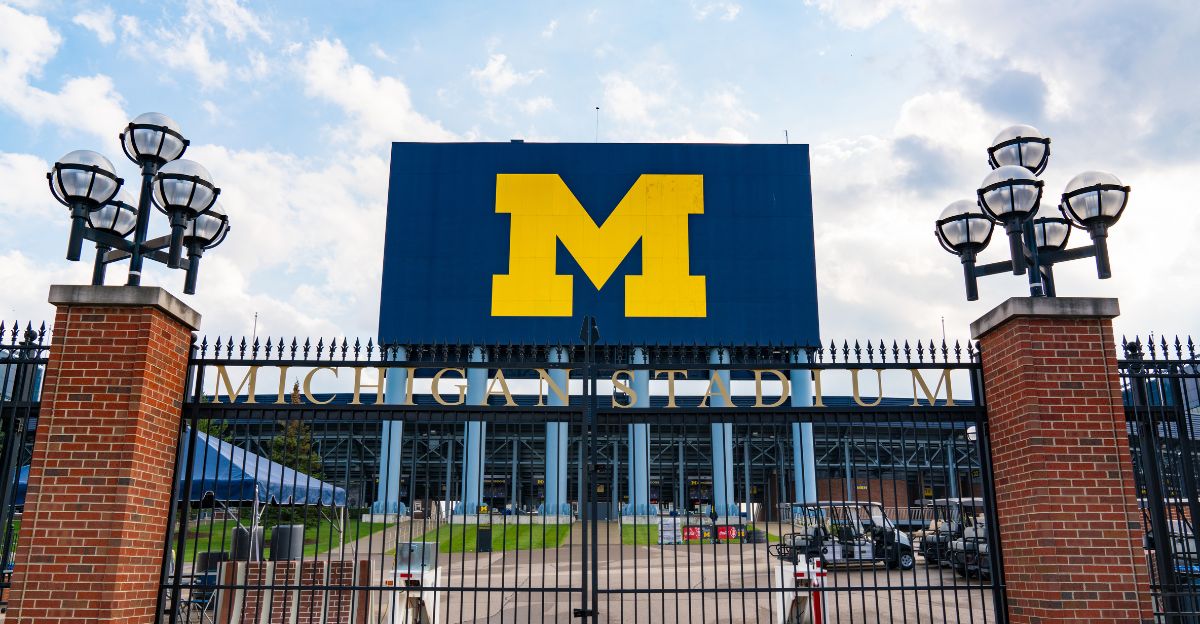
Michigan’s deer management efforts prioritize hunting female deer to control population growth effectively. The Michigan Department of Natural Resources (DNR) has expanded opportunities for antlerless deer hunting, including special seasons and increased permits. This targeted approach addresses overpopulation issues, leading to healthier ecosystems and fewer conflicts. Public outreach campaigns educate hunters and landowners on maintaining sustainable deer herds.
National Park Service’s Deer Management

The National Park Service actively manages deer populations in several parks to protect native flora and maintain ecological balance. Overabundant deer can severely impact forest regeneration and biodiversity. Management methods include controlled culling and non-lethal techniques such as fertility control. Immunocontraception vaccines, supported by organizations like the Humane Society, offer a humane alternative to traditional methods, preventing reproduction and ensuring long-term population stability.
Explore more of our trending stories and hit Follow to keep them coming to your feed!

Don’t miss out on more stories like this! Hit the Follow button at the top of this article to stay updated with the latest news. Share your thoughts in the comments—we’d love to hear from you!







